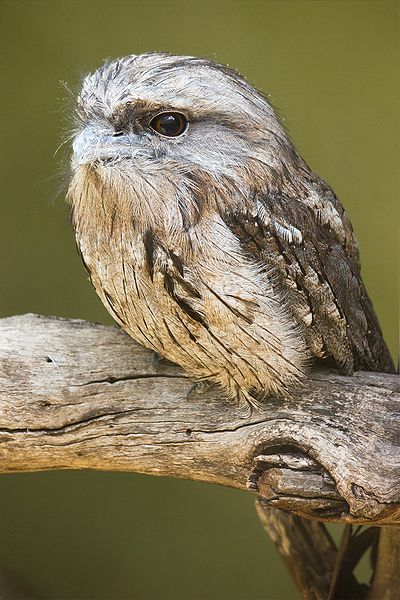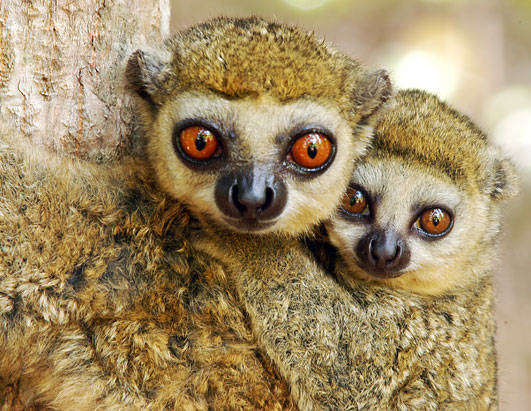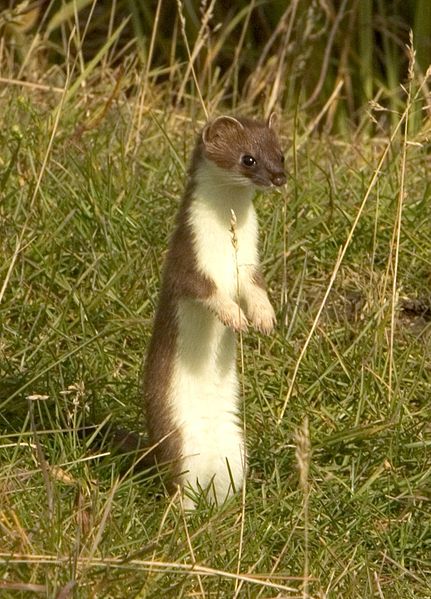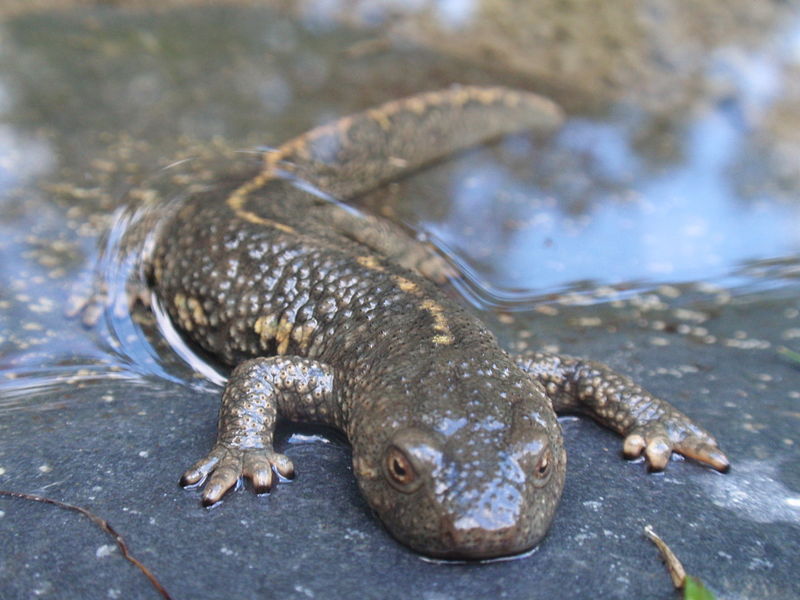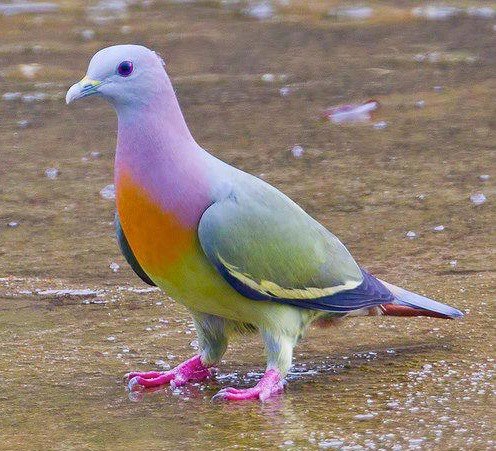
Cool Facts About the European Bee Eater
- Remarkably vibrant in color, European Bee-Eaters possess striking blue underbellies that contrast against their rich bronze backs and bright yellow throats. The wings have traces of green and gold, and the blue is mirrored in bands across their red eyes.
- With a wingspan measuring between 35 and 40cm, European Bee-Eaters weigh between 40 and 80 grams
- Juveniles are distinguishable from adults by their brighter green wings and grey eyes.
- European Bee-Eaters produce a trilling noise, and it is possible to distinguish between individual birds from their calls.
Not Just Found In Europe
Although the name may suggest a specific location, the European Bee-Eater can actually be found in multiple continents throughout the Eastern Hemisphere. They are a migratory species, breeding in the Europe, North Africa, and Central Asia during the summer. They can be found as far north as Scandinavia in the summer months as well. In winter, they migrate back to warmer areas and can be found in the more tropical regions of Africa, India, and South Asia. European Bee-Eaters prefer habitats consisting of open areas with a few trees, including grasslands, pasture areas, and open woodlands. What is so special about these areas? Well, open areas such as this suit their hunting style much better than enclosed, wooded areas.
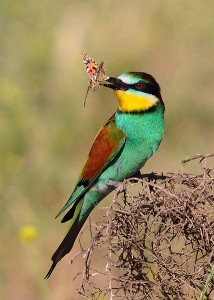
Aerial Hunters
European Bee-Eaters primarily consume insects with 300 different insect species known to be hunted by the Bee-Eaters, including the obvious bees and wasps as well as flies, beetles, and dragonflies. After catching their prey, they bash the head of the insect repeatedly to ensure it is dead before feeding. When hunting bees or other stinger laden insects, they will wipe the abdomen of the insect on their perch in order to dislodge the stinger (that is really smart!). A skilled huntsman, European Bee-Eaters can catch and consume several hundred insects a day. European Bee-Eaters hunt using two methods. The first technique involves waiting at a perch separate from their nesting site where they can observe their surroundings, searching for prey before ultimately pursuing and catching it. The second method utilizes aerial hunting, which is where the wide open spaces come in handy.


